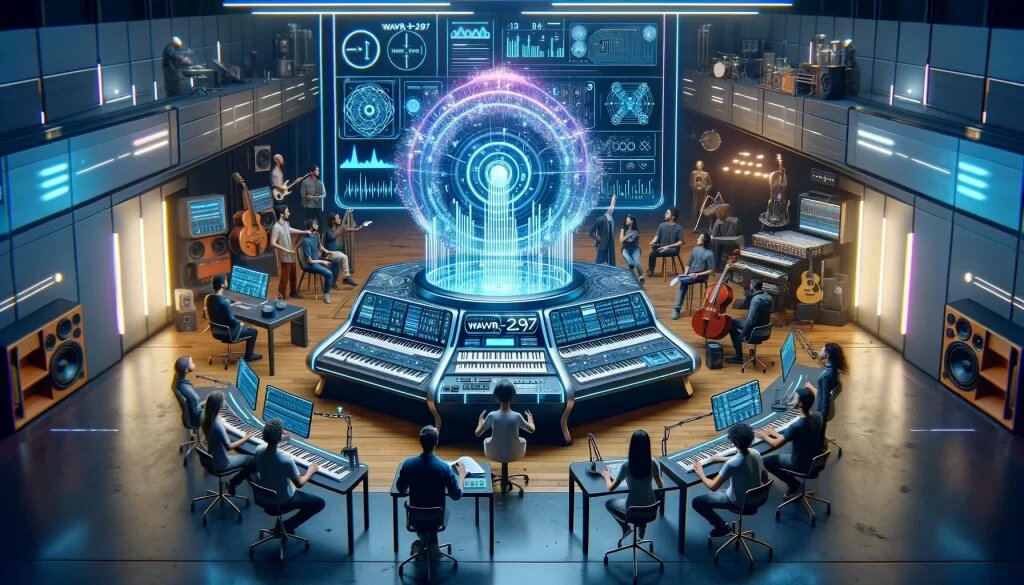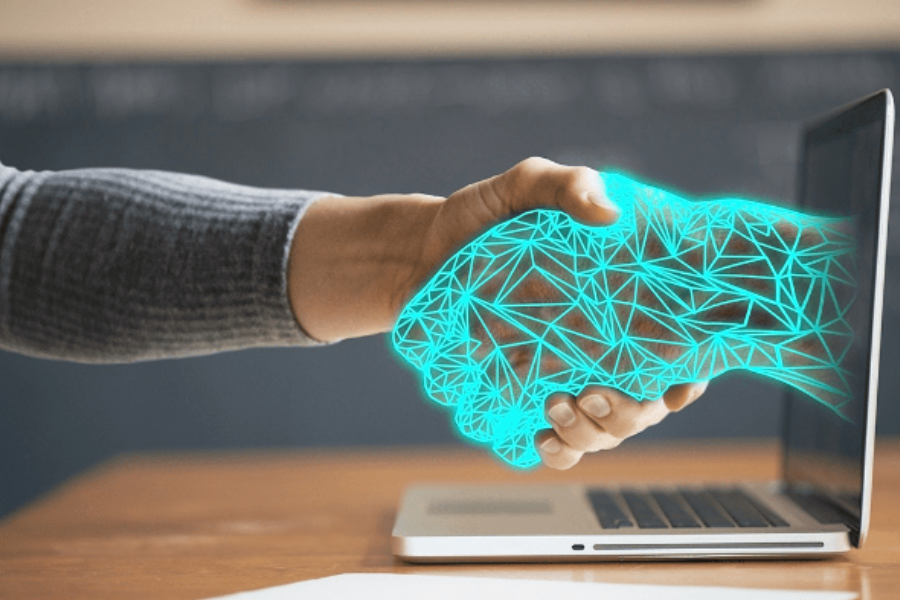The use of solar energy is continuously evolving and is now regarded as one of the most effective and sustainable energy sources. More homes and businesses are looking for ways to lower their electricity expenses and reduce their carbon footprint. More people are investing in solar panel systems more and more. However, it is important to understand how these systems function. It is useful to know how solar energy is harvested and converted into usable electricity. This allows users to make better choices when deciding on solar investments.
Concept of Solar Energy
Solar energy is harvested from the radiation emitted by the sun, which can then be transformed into electricity through photovoltaic (PV) cells. As a form of renewable energy, solar panels transform the energy emitted by the sun into usable homes, unlike fossil fuels. One distinguishes solar power from fossil fuels in that it does not need to be mined, it is cleaner, and, more importantly, it can be renewed and replenished. This makes solar power a viable option to reduce carbon emissions and dependence on other sources of power grids.
Parts of Solar Panel Systems
There are numerous parts within a solar panel system that interact with each other to harvest, convert, and distribute electricity. To perform all these tasks, every part within the system needs to be in proper working condition.
1. Solar Panels
These solar panels are the most prominent elements in a solar energy system. Solar panels incorporate photovoltaic (PV) cells that are constructed from silicon, a semiconductor material. These cells capture light shedding on them, converting it into direct current (DC) electricity. As long as the sun is shining on the panels, more electricity is produced as more sunlight is available.
2. Inverter
Since most household appliances operate on AC power, which is the type of energy supplied by power outlets, the electricity produced by solar panels must first pass through an inverter. The inverter is an essential element of any solar installation as it enables the use of solar energy in homes and businesses by transforming it into a usable form.
3. Battery Storage (Optional)
In some cases, batteries designed for solar energy storage accumulate any additional electricity created during the day. This can be utilized automatically at nighttime or during cloudy days when the solar panels produce inadequate energy. For those wishing to be self-sufficient or live in areas with an unreliable power supply, battery storage is extremely beneficial.
4. Electrical Panel and Meter
After the inverter has transformed the DC electricity into AC electricity, it then travels to the electrical panel and distributes the power to various parts of the home. A measuring device captures the solar energy generated by the inverter and the grid while recording the amount of surplus energy that is given back to the power grid. Look for affordable solar panels for sale.
How Solar Panel Systems Generate Electricity?
Step 1: Absorbing Sunlight
Photovoltaic solar panels contain photovoltaic cells that harness the sunlight’s energy by converting solar energy into electric energy. This energy is used to excite electrons in the silicon, which creates electric energy in the form of direct current (DC). Direct current is the initial form of electricity produced, but it is not useful in powering most appliances.
Step 2: Converting DC to AC Electricity
Solar panels generate direct current (DC) electricity, which cannot be used directly, so the solar-powered DC electricity is sent to an inverter. The inverter changes the direct current electricity into alternating current (AC) electricity, which can be utilized by home appliances. This conversion is very important since all home appliances and power grids use AC electricity. This allows electricity produced in the solar panels to be used safely and effectively.
Step 3: Powering the Home
The converted electricity now flows into the electrical panel, which distributes power throughout the home to various electrical appliances and devices. If the solar panel system is sufficiently productive, the entire house could run on solar energy during the daytime.
Step 4: Storing or Sending Excess Energy
Any surplus electricity produced by a solar system can be stored in batteries or sent back into the grid, depending on the homeowner’s needs. Grid systems that are connected to the grid can send excess power produced by their solar systems and receive credit through net metering that reduces their electricity bills.
Step 5: Harnessing Energy After Sunset or When Sunlight is Faint
Since solar panels primarily charge during the day, they have to rely on the grid at night or draw energy from batteries. These systems provide backup energy, which diminishes reliance on traditional fuel sources.
Conclusion
The operation of solar panel systems conveniently transforms the sun’s energy into electricity to be utilized in homes and businesses. Apart from solar panels, inverter devices and/or batteries are additional key components for solar energy systems that serve superb purposes. Appreciating how these systems function is advantageous for homeowners to slush their monthly energy expenditures, improve self-sufficiency in energy, and support environmental health. Through grid-tied, off-grid, or hybrid systems, solar energy is a dependable and sustainable power supply source for the times to come.



